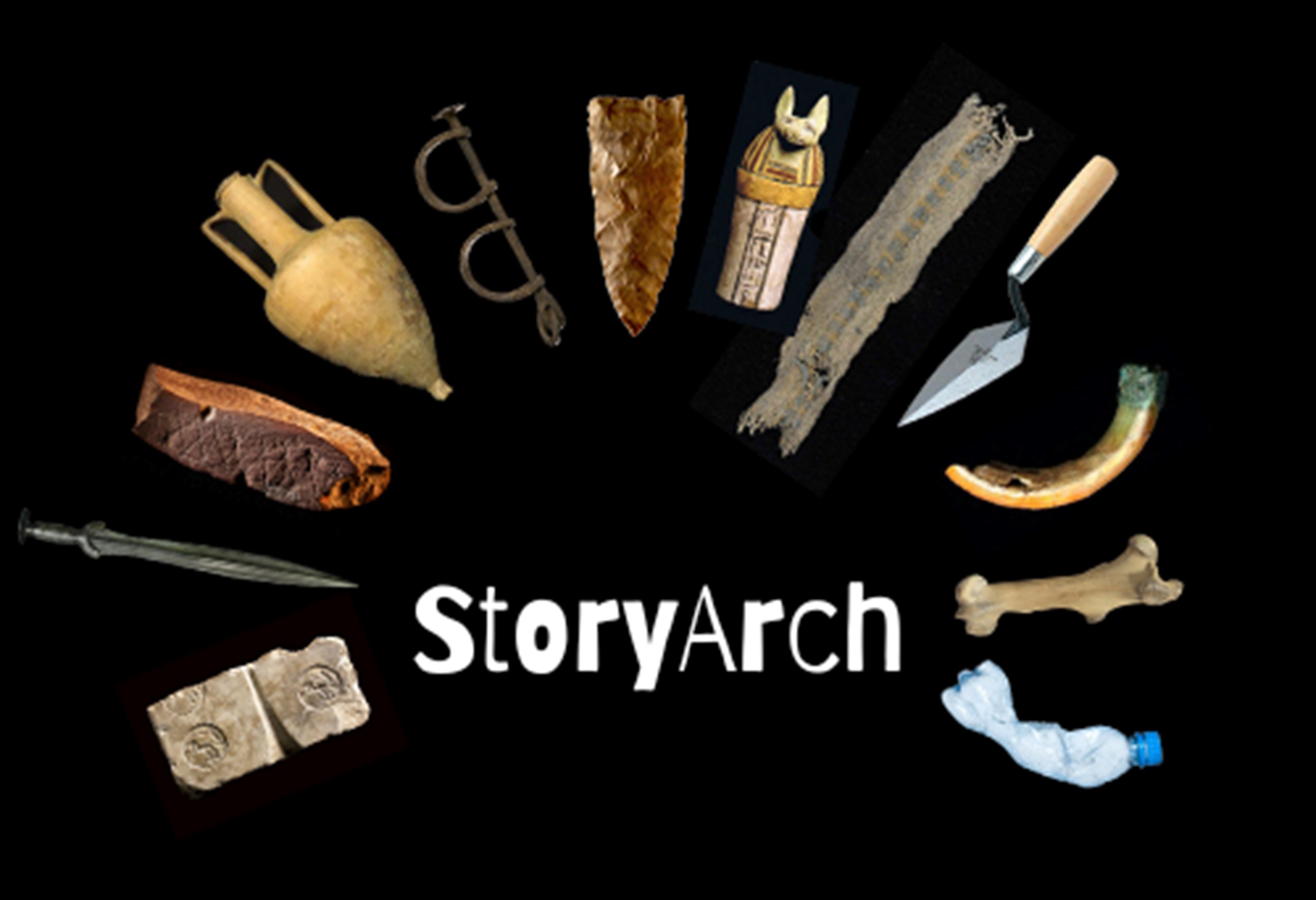Samantha Reiter, Matthew J. Walsh and Harold Mytum
Community Chairs

At the most basic level, we believe that archaeologists should be telling their own stories, communicating their own research, and utilizing all aspects of what Michael Shanks called “the archaeological imagination” 1 in an active way, rather than waiting for journalists or other science communicators to interpret what they can get their hands on. Moreover, the Community will also explore the creation of interpretive narratives, bring to the fore discussions of how we can highlight new ways to investigate our existing data, and work to identify new ways of public and professional engagement toward enhancing the academic and practical aspects of archaeology and its many narratives. This can include established interpretive frameworks such artefact object biography and experiential archaeology, but will encourage innovation in the mode of dissemination and creative presentation – all whilst being accurate to the archaeological record. The purpose of the StoryArch Community is thus to create and promote occasions for archaeologists to use their imaginations and to try out different methods and ideas of communicating science in a safe space. It will also be oriented towards constructive critique, scientific exploration, and collegial and artistic support. Our goal is to provide a space and culture to explore the archaeological imagination as an under-developed aspect of our discipline and public communication as an under-exercised service relative to the public funding given archaeology.
Aims and goals
The newly- formed StoryArch Community focusses equally on the use of the archaeological imagination in a rigorous manner as well as on the exploration of new ways in which imagination, insight and introspection can play into the communication of archaeological results and interpretations. Our goal is to create a testing ground to foster both new uses of the archaeological imagination as well as archaeological communication with the public in novel ways. These may include, e.g., reflexive accounts of both fictional and non-fictional scientific works, illustrations of the utility of the archaeological imagination (through artwork, performance, storytelling, etc.), and critical studies of the portrayal of archaeology/archaeological research in the media, in archaeology-based games, museums, and other venues for the dissemination of archaeology more generally.
How we fit in
We see a stark need for such a focus group. Archaeology captures the public imagination. It is an adventurous discipline whose raison d’être relies on the discovery of new remains or unknown information about the distant past. Nevertheless, archaeology determinedly produces communications which are often dry and boring (or, unfortunately, both!). Nevertheless, as for example Joyce,1F1F Mickel2F2F and Fennelly3F3F have emphasized, even these accounts are stories. Although they are rounded in our discoveries, the narratives archaeologists produce are also created; we attempt to join the fragmented bits of the past into a coherent whole. In this way, what archaeologists do and write is similar to other creative writing based on prior research. However, we often as a point of professional etiquette depersonalize or remove ourselves from the presentation. Yet it may be that by academically and professionally thinking in terms of stories, and writing them, we create a more diverse range of formal publications that reveal otherwise unconsidered aspects of the past and we can develop existing or promote new research questions. Moreover, in spite of the fact that our salaries and research rely on public funds, the majority of our communication efforts are self-oriented, leaving outreach efforts in the hands of media professionals who ‘interpret’ our message for us. At best these mediators and their messages are a stage removed from our enthusiasm for our own subject. At worst they may entirely misinterpret our work and at best often ignore how we ourselves feel it is relevant within today’s world.
Interdisciplinary interest in this subject within the EAA is strong. In 2023, Matthew Walsh, Martin Bača, Morgan Schelvis and I (Sam Reiter) organized “The Story Session” at the EAA’s 29th AM in Belfast, Northern Ireland. Though the session was held on a Saturday morning (which is traditionally the moment with the lowest attendance rates for each conference), by the end of the session, there was standing room only. In 2025, we have an additional session filled with a tremendous variety of diverse talks at the EAA AM in Belfast entitled “No. 87.Intertwined Narratives: Theory and Practice in Communicating Stories”. Here we will confront professional practice, archaeological data, and interpretation to a variety of audiences from academic to public in the context of past lived experiences.
Ongoing plans and how to get in touch
We are currently at work on a dedicated website which will communicate on topical events and research groups worldwide which address similar questions and will also inform on competitions and applications which may be of interest to Community Members. Our plan is to also promote archaeological communication platforms and to eventually organize online talks for Members. A small-scale EAA-hosted website is already online here. Join us! We’d love to hear from you!
1Shanks, M. 2012. The Archaeological Imagination. Left Coast Press.
Go back to top